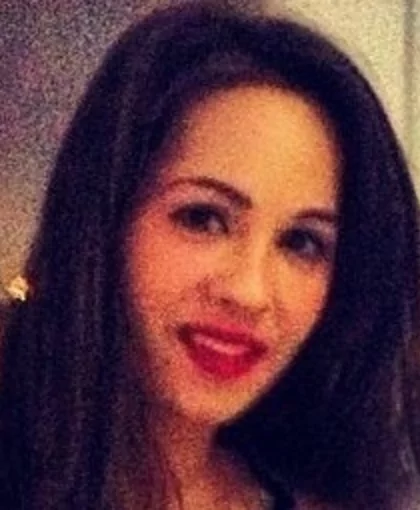Résumé
Résumé :
Adulé ou détesté, l’op art a marqué les esprits par son incroyable réception populaire. Damiers à renflements, moirage, jeux de trompe-l’œil, clignotements épileptiques… Avec son insatiable appétit scopique, cette avant-garde a fait l’objet de nombreux réemplois dans la publicité, le design, la mode, à la télévision, et plus que jamais au cinéma. Art de l’œil et du mouvement, sa géométrie illusionniste avait matière à s’y épanouir – la moindre caméra décuple ses vertus de métamorphose. A l’inverse, ses gadgets sophistiqués ont sublimé à moindre coût les décors de science-fiction, son économie pulsatile a piloté des mises en scène d’horreur et de suspense, et le cinéma réaliste en a fait un puissant miroir de la société. Pourtant, l’histoire de l’art a longtemps ignoré voir blâmé ces reprises. Comme à l’époque, on les ravalait au rang de la récupération. C’étaient sinon le symptôme d’un art décérébré, décadent, vulgairement rétinien. Il importe aujourd’hui de les reconsidérer. Comment ces « œuvres de prolongement » travaillent les imaginaires de l’op art ? Au cours de ses réemplois, que perd et gagne une œuvre d’art ? A travers trois capitales, Paris, Londres et Rome, cet essai décrypte les enjeux d’une fascination visuelle dans un après-guerre hanté, bouleversé par l’imagerie médiatique (guerre froide, fabrication du consentement) et les technologies engageant l’œil et le cerveau (contre-espionnage, cryptanalyse). Cette thèse se réclame des « factual studies », une approche nouvelle, non moins iconographique que les visual studies, mais davantage sensible à une pensée de l’événement. Soit la rencontre des faits historiques avec les refoulés de l’histoire.
Summary:
Op art and cinema : Visual fascination and social fantasy (1960-1975)
Worshiped or hated, op art is famous for its amazing popularity. Raised checkboards, moiré patterns, trompe l’oeil games, epileptic flashes… Because of its insatiable scopic appetite, this artistic movement was abundantly used in advertising, fashion, television and, above all, in movies. Art of the eye and the motion, its illusionist geometry could find a large expression in cinema – a shaking camera could increase its metamorphic power. Its sophisticated gadgets magnified science-fiction sets at minimal cost, its stroboscopic aesthetic fuelled the staging of horror films and thrillers, and realistic cinema has used it as a faithful mirror of society. However, history of art has always condemned this kind of reuse and was reluctant to study it. As in the sixties, one considered it as an enterprise of looting, or even as the sign of a decadent, enervated and strictly retinal art. Visiting three capitals, Paris, London and Rome, this thesis aims at decrypting issues related to visual fascination in a post-war time challenged by the media imagery (Cold War, manufacturing consent) and the new technologies such as counter-espionage and cryptanalysis. What does an artwork win or lose through its transformations? To what extent do these “objects of extension” reflect the fantasy of op art and even of society? While taking into account the historical dimension, this study experiments a new research method : the “factual studies” – that is however equally iconographic as the “visual studies”. In other words, the encounter of historical events and repulsed history.
Jury:
- M. DUFRENE ( PARIS 10 )
- M. GAUTHIER ( PARIS 4 )
- M. PIERRE ( PARIS 4 )
- M. ROUSSEAU ( PARIS 1 )
- M. VANCHERY ( LYON 2 )

